A couple of years ago we looked at the best LG phones and called the LG G5 “LG’s most ambitious phone ever.” We stand by it: the phone brought some features that made a big impact to the market and some that didn’t, not even to LG’s lineup.
The G5 was the first phone with a true dual camera, at least as we understand it today: not a 3D camera like the Optimus 3D, no depth sensor, but two camera modules with different focal lengths.

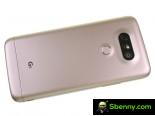


The LG G5 was a bold and innovative phone that failed to resonate with the market
One could argue that the LG V10 featured a combination of wide-angle and ultrawide cameras the year before. However, they were up front, which made them less useful, more on the V10 in its Flashback.
The LG G5 had a 16MP main camera with a 26mm lens (1/2.6″ sensor). This module featured optical image stabilization (OIS) and was aided by the autofocus system laser, something LG was pushing hard at the time.
The ultrawide was surprising: Its 9mm lens is wider than most ultrawide smartphone cameras you’ll still find today. The 8 MP (1/3.6″ sensor) resolution wasn’t enough to cover the 135° field of view (FoV), but this was definitely one of the best cameras of 2016. Even today, some phones only achieve a amplitude of 105° and is remarkable.
Here is a comparison of the field of view of the main and ultra wide angle cameras.
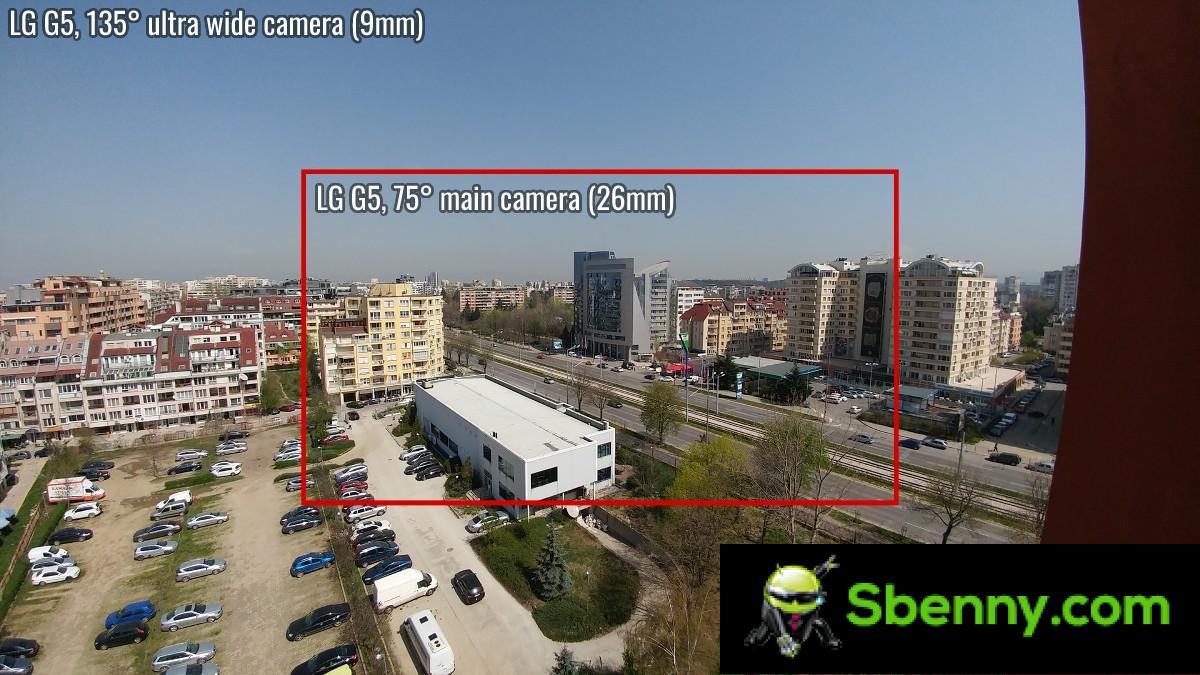
As for the front-facing camera, it was a single 8MP unit on the top bezel — LG hasn’t repeated the crazy dual-camera, second-screen design of the V10 from a few months earlier.
The company also dropped the characteristic design quirk of putting the volume rocker on the back, which it had done since the G2. However, LG still tried to shake up the world of smartphone design, which was turning into a boring grind.
The LG G5 was actually a modular phone. It didn’t have the whimsical patchwork design of Google’s Project Ara, instead it took a more practical approach. The bottom was removable (which also pulled out the battery, making it easy to replace). This was the so-called Magic Slot.

The idea was that this lower segment could be replaced with various modules. At launch, these included the LG Cam Plus, a camera grip with an additional 1,200mAh battery, and hardware camera controls (shutter key, camera button, a zoom ring, and an on/off switch).
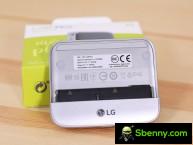

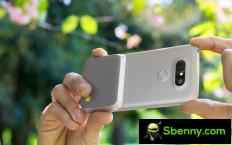
LG Cam Plus module for LG G5
Another module has increased the already good audio capabilities of the phone. The LG Hi-Fi Plus was branded “B&O Play” as it had a Bang & Olufsen DAC, as well as a louder speaker. What’s interesting is that it could also work as a standard USB DAC and AMP for PC and other Android phones.
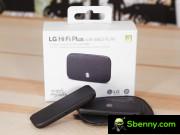


LG Hi-Fi Plus for LG G5 (and other phones too)
For more details, check out our article on LG G5 friends back then. LG was also experimenting with 360° cameras and VR headsets, it was a fun time in the history of smartphones.

The Magic Slot design meant the G5 wasn’t as water-resistant as other flagships of the time, and the relatively small 2,800mAh battery offered only average life. On the plus side, it supported 18W fast charging, and of course you could carry around a spare battery. Or there may have been a battery module, something with a little more punch than the Cam Plus accessory (no such module was ever released, however).
Modularity aside, the LG G5 represented a change of course for the company. The G5 ditched the large 5.5″ display of the G3 and G4 and went with a smaller 5.3″ panel. The phone’s body was made from an aluminum alloy, though the so-called “microdization” process left the exterior with an odd finish that didn’t feel like metal.

LG G5 joined by the Galaxy S7 and the LG G4
A few months after unveiling its flagship at MWC, LG launched a cheaper version for South America and China called the LG G5 SE.
The original G5 was powered by the Snapdragon 820, Qualcomm’s flagship chip at the time. The SE has switched to the Snapdragon 652, an older 28mm component. LG also slashed a gig of RAM, leaving the SE with 3GB, plus the 32GB UFS 2.0 storage was replaced with an eMMC 5.1 drive of the same capacity.
The cameras have also changed, the 16MP main module has an even narrower lens (29mm versus 26mm), ultrawide has also become narrower (at 12mm it was still quite wide even by today’s standards, but Anyway).

For what it’s worth, the G5 SE also featured the Magic Slot design, LG was looking to build a modular ecosystem around it. Well didn’t try too hard, there was no Magic Slot on the V20 which launched later the same year and neither on the LG G6. Also, the company has given up on launching new modules.
As innovative as the LG G5 was, its legacy isn’t brilliant. If you’ve followed the smartphone market over the past few years, you know the company’s struggles. In the quarter following the G5’s launch, LG had to cut its shipment goal from 16.5 million phones to 15 million, and the underperforming G5 was blamed for it. Estimates for the flagship were initially 3-3.5 million units, which have been revised down to 2.5 million.
LG was already on a downward trajectory, even the previous year’s LG G4 underperformed, so it fell short of its 12 million sales target. LG also posted a loss in Q2 2015, with the G4 to blame.
The company spent years and millions of dollars trying to make a comeback, but despite bold and innovative designs, its sales continued to decline and losses continued to grow. It finally left the smartphone market in 2021.


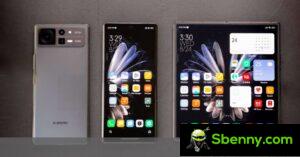
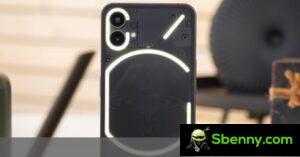


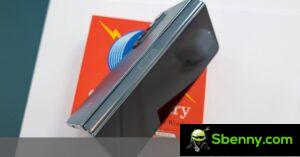
Start a new Thread